How to treat Keratosis Pilaris aka chicken skin
This post may contain affiliate links. That means that if you click on a link and purchase something I recommend, I will receive a small commission at no extra cost to you. As an Amazon Associate, I earn from qualifying purchases. This helps keep my website up and running and is very appreciated. Thank you for your support! Disclaimer
Hi everyone! So, in today’s article, we are going to address something below the neck. I thought it would be a fun segue since last week I talked about hair care, to discuss keratosis pilaris today.
What is keratosis pilaris? “Keratosis” means too much keratin, and “pilaris” means hair follicle in Latin. Therefore, keratosis pilaris refers to having too much keratin around the hair follicles. If you’re questioning it or wondering what it means, that’s what it entails.
I’ve actually had many of you guys message me about this particular issue, so I figured, why not do a comprehensive guide addressing it? What is it? How does it look? How does it feel? What are the mistakes that people make, and what can you do to help yourself?
If you don’t have time to read this post right now, why not save it for later?
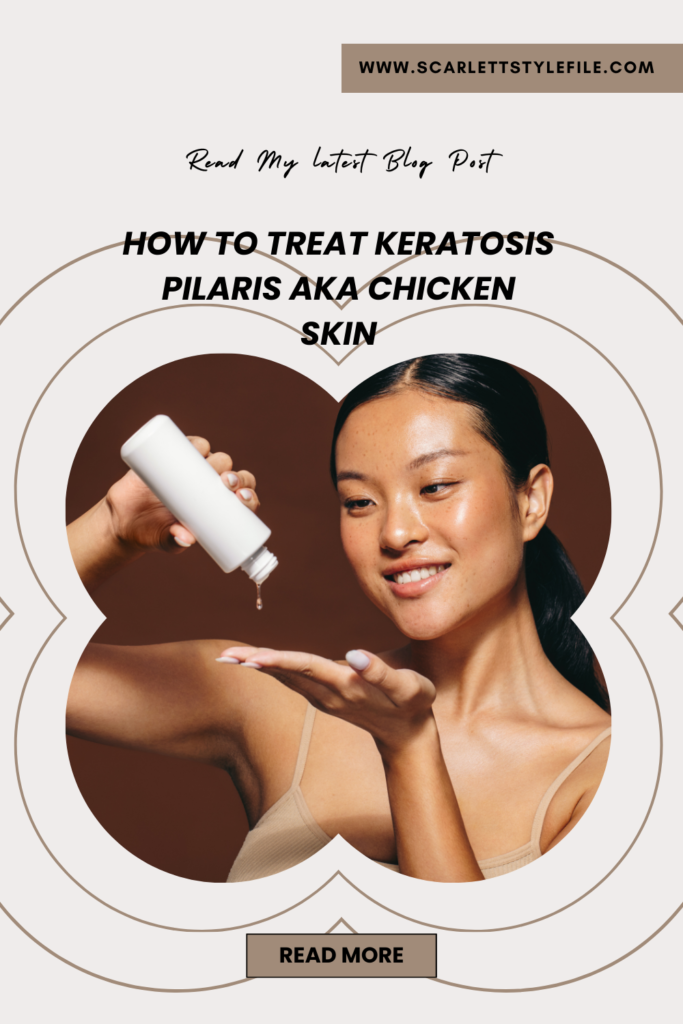
How To Treat Blackheads, Whiteheads, and Milia
what is keratosis pilaris
So, what is keratosis pilaris exactly? It’s a harmless skin condition, It is not a disease; you cannot catch it by touching it. It is not infectious in any way, shape, or form, and it is not going to affect your health in the long run—at least not your physical health. However , it can impact mental well-being causing distress for those who have it.
So, if you are somebody who has this skin condition and are mentally bothered by it, there is no harm in trying to seek help. That’s what this article is for. Now, I described what it is sort of and I talked about the mental connection, but I never actually delve into the specifics of what keratosis pilaris entails.
This condition often shows up on the outer arms, thighs, and buttocks. It’s like getting rough bumps on your skin, especially around where your hair grows. You know, like the hair on your arms, legs, and even a bit on your buttocks. Here’s what’s going on: the stuff called keratin that lines your hair follicles usually sheds off your skin’s surface. But sometimes, it doesn’t shed completely and forms a blockage at the opening of the hair follicle, creating those little bumps.
Those bumps you feel are actually clumps of keratin that haven’t fallen off properly, and they can build up over time, making your skin look like it has goosebumps or the skin of a plucked chicken. That’s keratosis pilaris in a nutshell. Sometimes, these bumps fade away as you get older, like after 20. I used to have more of them when I was younger, but even now, I might notice a couple. I remember in the winter, I’d feel tempted to scratch them off, but that usually just makes things worse.
That’s why I believe if you are anything like me with mild OCD tendencies, those feeling the urge or experiencing the mental connections related to it, to focus on managing and reducing its symptoms. It’s important to understand who is affected by it as well.
who is affected by keratosis pilaris ?
Keratosis pilaris is commonly seen in children and teenagers, and it often becomes more noticeable during early adulthood, typically before the age of 30. Those with a history of very dry skin or conditions like asthma, eczema, and hay fever are more prone to developing it. Family history plays a significant role; so if your mom or your dad has it, you’re more likely to have it than not. I’ll also say the winter is probably the hardest time for people with keratosis pilaris because the dry air makes it worse and brings it out more prominently. So, those are all things for you to keep in mind.
Additionally, if you have a higher body mass index (BMI) meaning if your weight is on the higher end of the spectrum for your size you may also be at a greater risk. Certain medications like vemurafenib for melanoma can make keratosis pilaris come to light. So It’s important to be mindful of these factors if you’re dealing with keratosis pilaris.
the symptoms of keratosis pilaris ?
So what are the symptoms of keratosis pilaris? Some people might not feel anything at all; they could have it without even realizing it unless they touch their arms, thighs, or buttocks and notice the rough texture. On the other hand, it can also be really itchy and bothersome, which I believe deserves attention and possible treatment, even though medically it’s not likely to cause any long-term issues.
It’s definitely worth trying to manage keratosis pilaris. As I mentioned before, This condition can stick around for quite a while, For most people, it burns out within their 30s; however, that’s not the case for everyone. Many people have to deal with this for longer than that, including my brother, for example who’s 36 now and still deal with it .
When you have keratosis pilaris, The key is to focus on ongoing care. Get to know your skin well—how it behaves, when flare-ups might happen, and how to handle them effectively. By staying ahead of it and treating it consistently, you can keep flare-ups to a minimum.
tips to prevent flare-ups caused by keratosis pilaris
So, there are certain things you can do to trigger an intentional flare-up. Avoid shaving and waxing; these are two very harsh and abrasive treatments, especially waxing or shaving, where you’re cutting the skin. This can actually trigger hyperkeratinization and initiate a flare-up. You might want to consider laser hair removal, and we’ll get to that in maintenance therapy.
Avoid taking long, hot showers or baths because this can further dry out your skin, exacerbating your condition. I’ll also say that bar soap is probably not your best friend. Neither is a very foaming cleanser or body wash because usually when they’re extremely foaming, they tend to be more drying. Dryness is not your friend; Dry skin doesn’t mix well with self-tanners. It’s not that self-tanners directly cause the issue, but they can make it worse by accumulating in the skin’s outer layer and emphasizing the appearance of rough patches. So, if you’re worried about how your skin looks, it’s best to skip self-tanners.
And finally, if you are living in a very dry environment, if it’s a very cold climate and you have the heaters blasting, humidifiers can be your best friend and help soothe your skin over time, keeping it much more supple.
maintenance therapies:
Let’s talk about maintenance therapies: what you can do to take care of your skin. So, like I said, treatment is not going to be necessary medically. It’s not like you’re curing anything with keratosis pilaris. All we are doing with everything that I’m going to mention is figuring out a way to best calm your skin, to minimize its appearance, and to minimize any potential flare-ups that it can have on its own or triggers.
- Cleansers:
When you’re in the shower, avoid using bar soap. Instead, opt for a cleanser that is loaded in either an alpha hydroxy acid (like glycolic or lactic acid) or beta hydroxy acid (like salicylic acid). These acids can help smoothen your skin. What I would personally do is use it on my arms, legs, and backside five minutes before jumping into the shower, giving it a chance to actually sit, do its thing, and then wash it off with lukewarm water in the shower.
One that I adore is the Neutrogena’s oil-free acne wash. This one is a salicylic acid acne treatment it’s a nice and affordable option that you can put on your arms and legs that can definitely help in the shower.
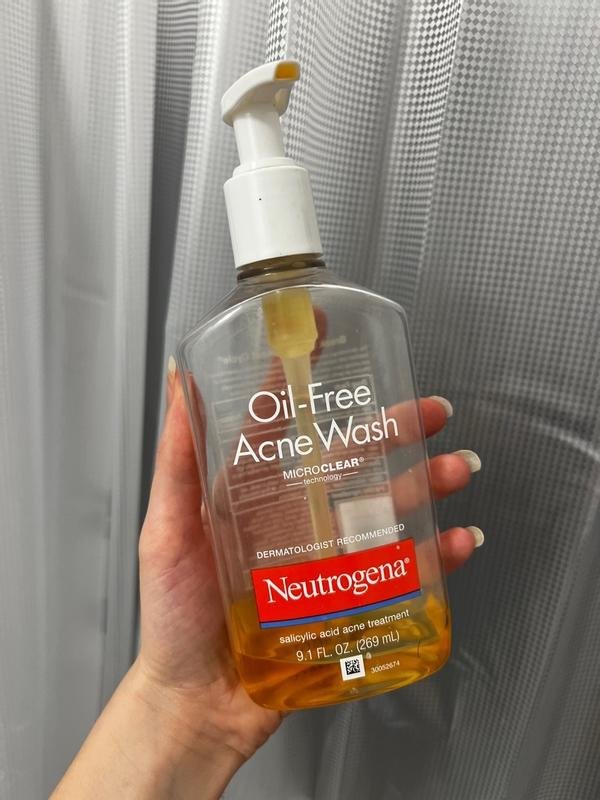
If you’re not somebody who’s into salicylic acid or simply prefer glycolic acid, Skinceutical has a purifying cleanser . I actually like this one a lot. I find it to be very, very gentle. It also has glycerin in it, which tends to be more hydrating and it doesn’t dry me out as much as the Neutrogena’s one does. So, this is one that you can also use and invest in.
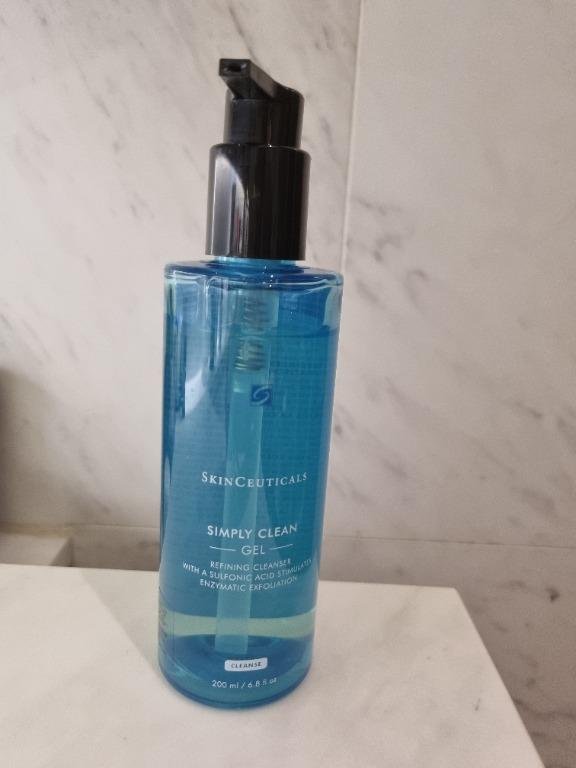
Another option is Glytone’s exfoliating body wash, enriched with vitamin E for extra hydration. they actually have a kit of a wash and a lotion that you can use simultaneously once in the shower and once you’re out to help minimize the appearance of keratosis pilaris.

So, these are all washes that you can use in the shower that are usually typically used for facial acne but they can definitely benefit keratosis pilaris as well.
- Chemical Exfoliation
If you’re not keen on using specialized washes and prefer a lighter approach, but you’re willing several times a week to incorporate a gentle chemical exfoliation into your routine. then I would say before moisturizing, try Night Water by Starface. It contains lactic acid and niacinamide, which helps with inflammation because with conditions like keratosis pilaris, you might experience redness around the hair follicles along with skin-colored or white bumps, So, this is a nice one, pretty affordable, that you can put on your arms and your legs as well, several times a week for the redness.

Surprisingly, arnica can also reduce the appearance of redness. It’s worth trying, especially if you’re bothered by redness but can’t afford laser treatments at the dermatologist’s office. ArniCARE is a gel that you can apply to your arms and legs to help with the redness caused by keratosis pilaris.
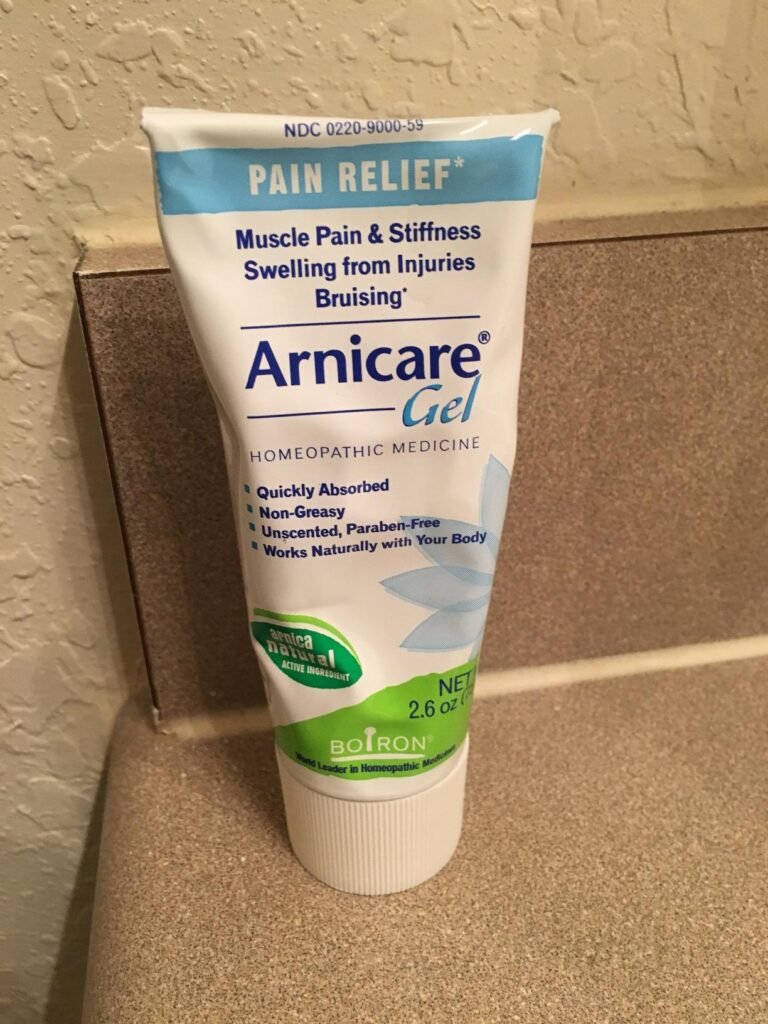
So, from exfoliating cleansers and acids to moisturizers, that’s the range of products you can use , moving now intomoisturizers.
- Moisturizers
When you’re looking for a moisturizer tackling keratosis pilaris, you want one that is loaded with either an AHA such as lactic acid or glycolic acid, as well as urea. While I don’t have a urea product on hand currently, I can vouch that it’s usually prescribed for patients with KP. An example of a product containing urea is Eucerin UreaRepair Plus Lotion.
I highly recommend using Amlactin, which you can easily find at your local drugstore. It contains 12% lactic acid, which is fantastic for your skin. I personally love using it daily, especially after showering when my skin is still damp. Whether you shower in the morning or at night, make sure to use it at the other time of the day as well, so you’re applying it twice daily.
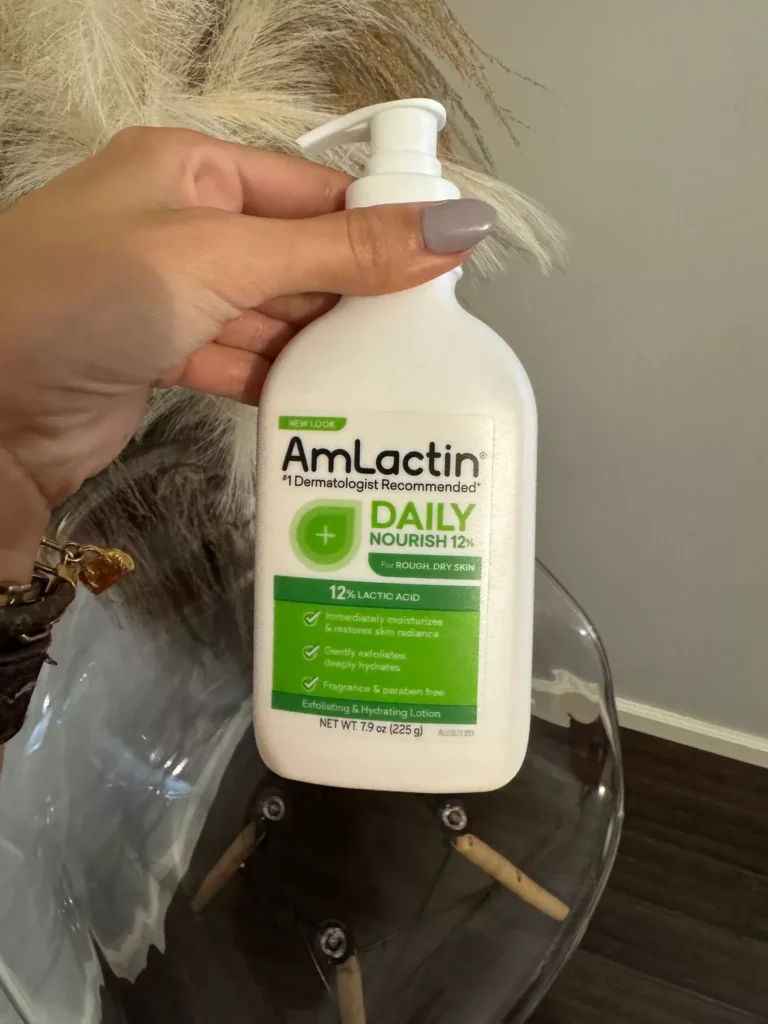
If Amlactin isn’t your favorite, you can try Paula’s Choice cream designed for the face, which also works well for acne on the body. It contains 8% AHA, it definitely is very lightweight. A little bit goes a long way, but it helps to buff your skin.
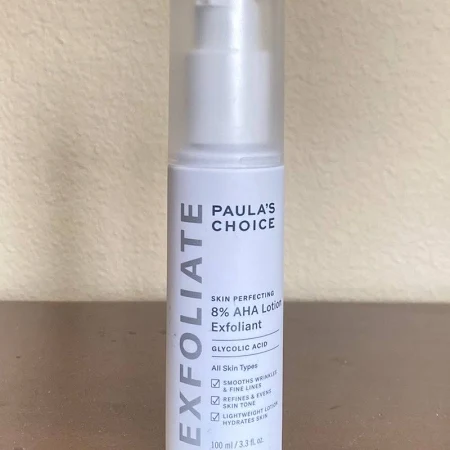
And finally, after you’ve used any of these moisturizers, let’s say you’re not keen on using a moisturizer with acids, another option that works well is retinols. I actually just jumped straight to prescription strength , But If you are new to Vit A I usually recommend starting with a lower concentration before moving up to prescription strength. You can apply a small amount on the back of your arms or legs at night, especially if you tend to get very dry skin from prescription strength tretinoin.
Another product I recommend is the French A313. It’s in a macrogol base, so you don’t need much, and it spreads easily, locking in moisture. After using this, I follow up with a regular moisturizer. One I like is Aveeno’s Restorative Skin Therapy Oat Repairing Cream so it has soothing properties as well as pro vitamin D5, which is basically panthenol, and as well as the colloidal oatmeal. So, I like this one to help calm and soothe.
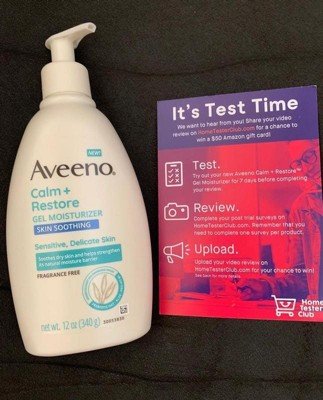
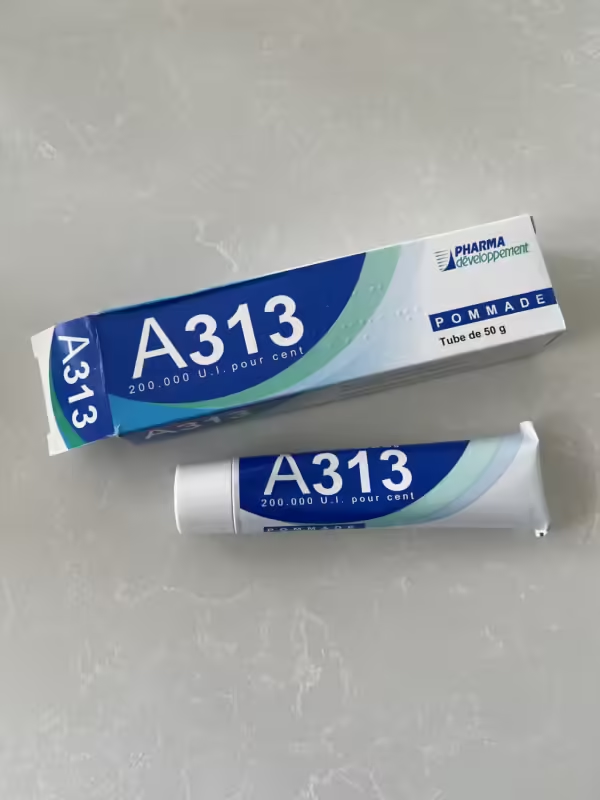
If you struggle with super dry skin, I highly recommend trying the Aquaphor ointment body spray. It’s quite remarkable because it’s essentially Vaseline or Aquaphor in a spray format. When you apply it, it feels lightweight and allows your skin to breathe well. Unlike Vaseline, it doesn’t feel heavy on your skin after a minute or two. It offers great breathability while still sealing in moisture effectively. This makes it an excellent choice, particularly during the winter months.
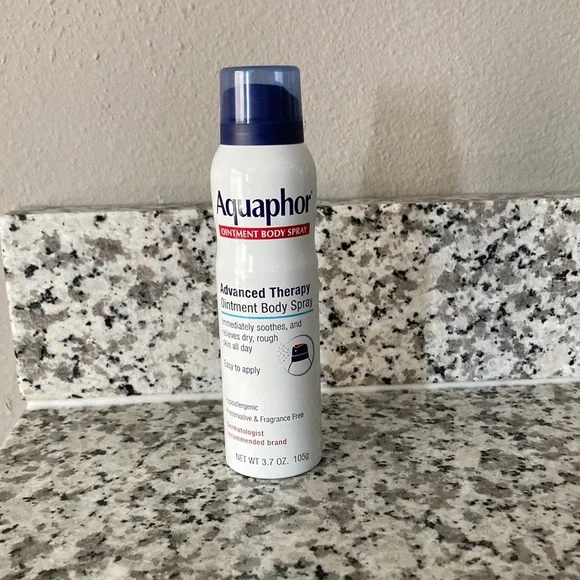
in-office procedures:
When it comes to in-office procedures, laser hair removal is a great option to reduce the bumps that form around each hair follicle. Another helpful treatment is pulsed dye laser, which targets redness and can reduce the overall red appearance on your arms or legs.
IPL, although not technically a laser but a light-based treatment, can also address some redness and hyperpigmentation associated with keratosis pilaris. For more severe cases with significant bumpiness and texture issues, Fraxel resurfacing laser therapy can be considered as a last resort. This treatment smooths out the skin and encourages fresh collagen production.
Additionally, in-office chemical peels or microdermabrasion treatments can provide symptomatic relief, although they may not offer long-term results. Laser hair removal and laser treatments targeting redness are likely the most effective long-term options for managing keratosis pilaris.
The Bottom Line
I hope this article help you elevate your skincare game to combat keratosis pilaris .
Your feedback is valuable, so please don’t hesitate to ask questions or share your thoughts. I’d love to hear from you!

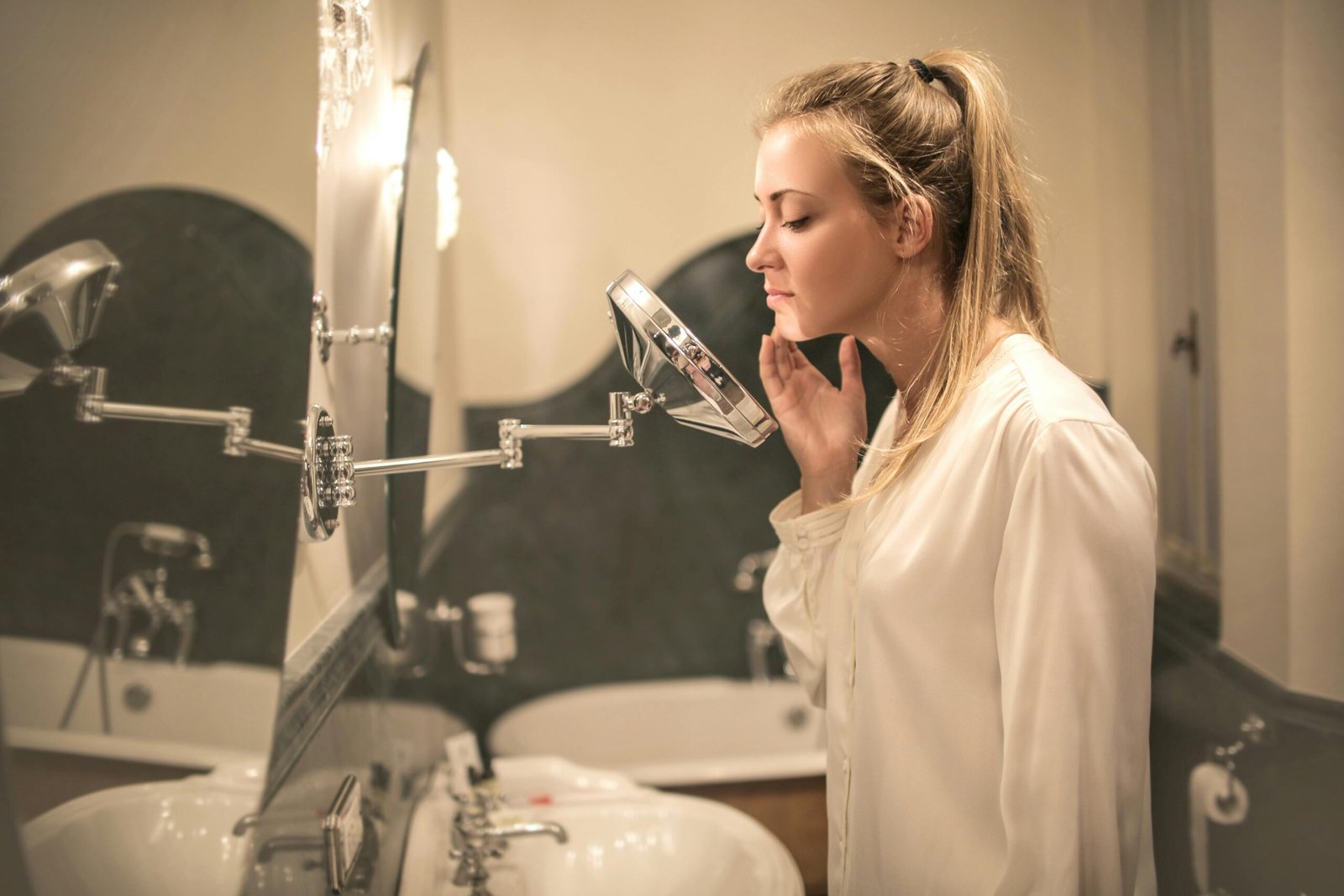
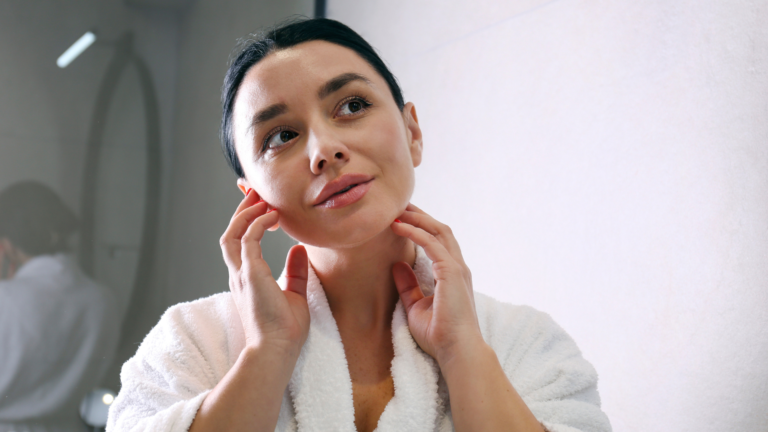
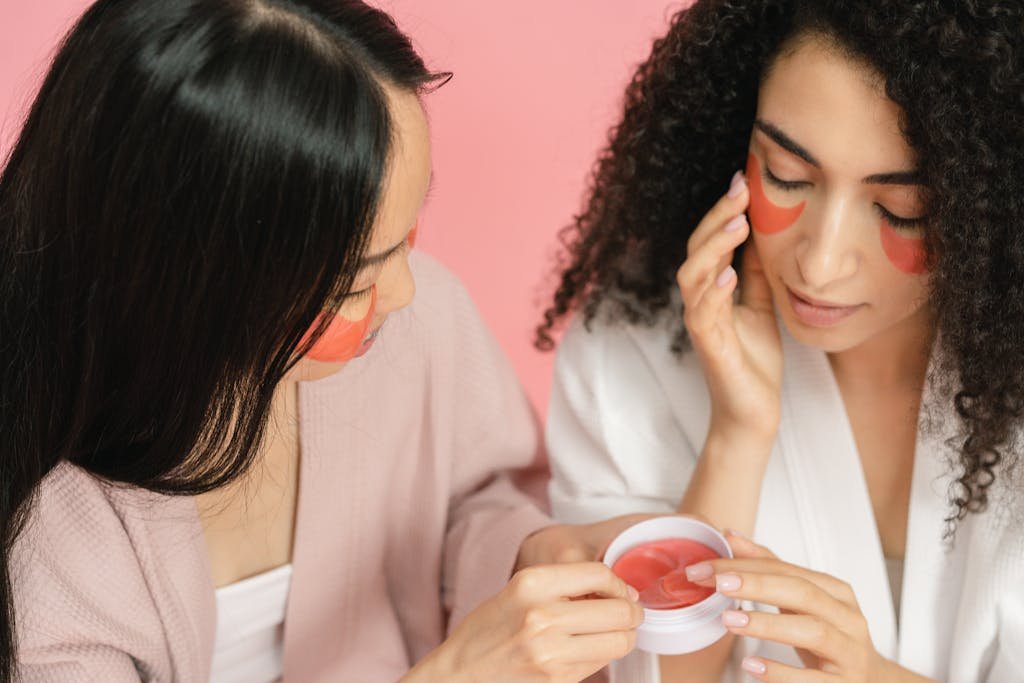
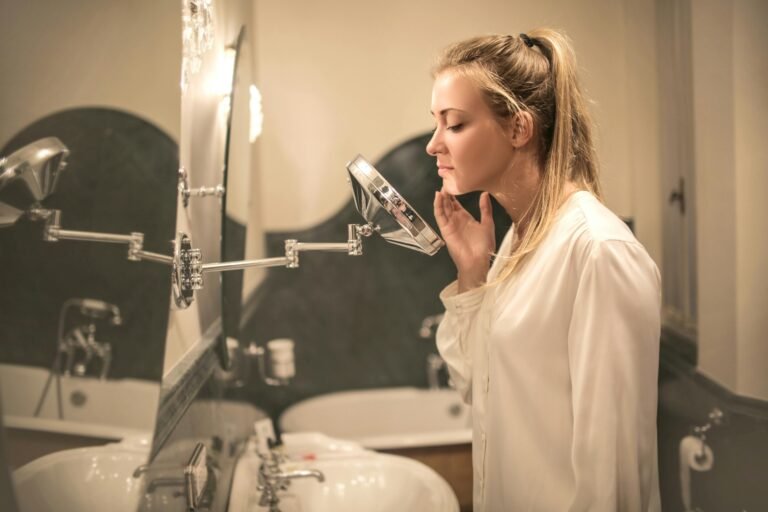
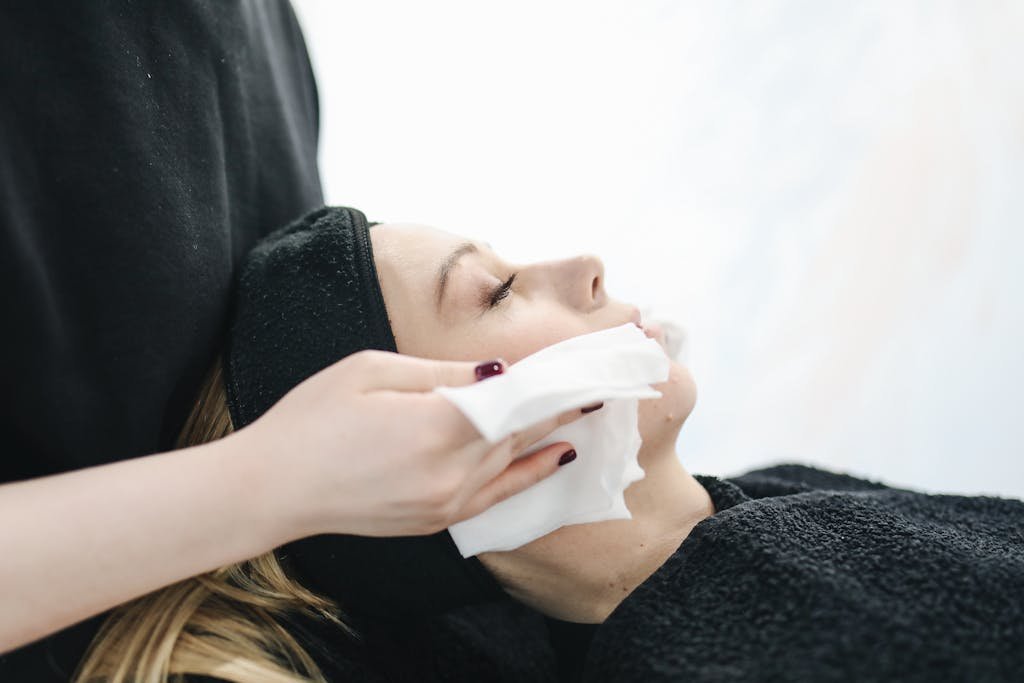
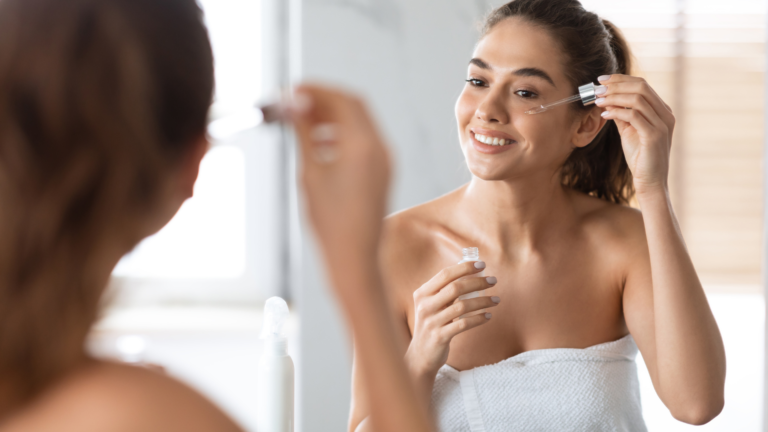
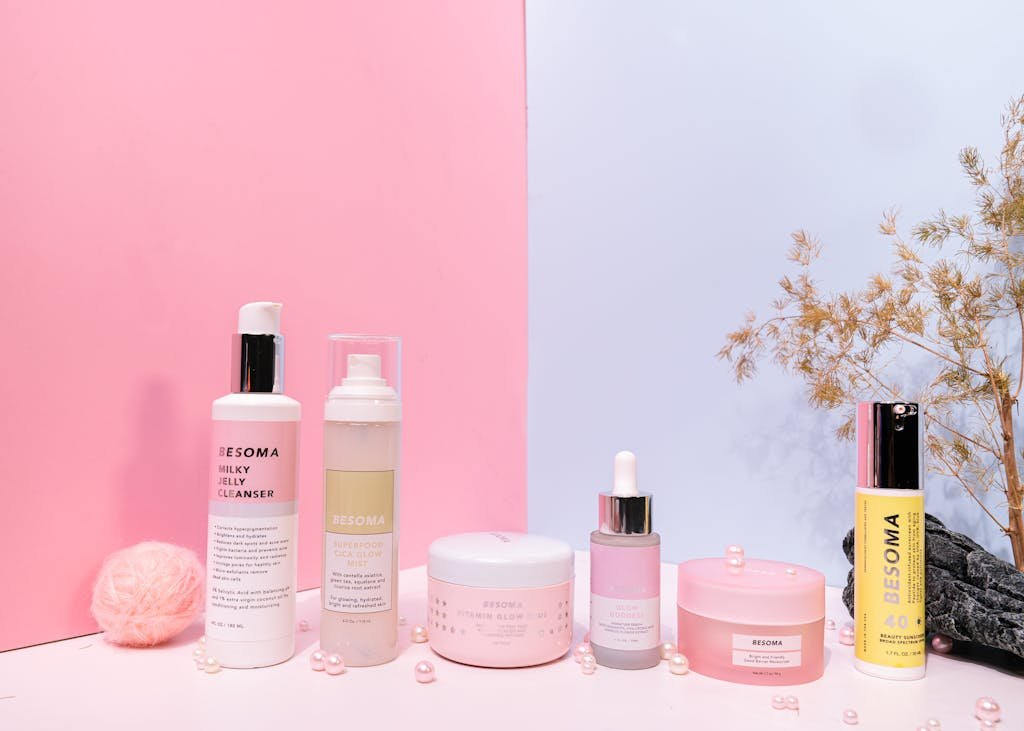
One Comment